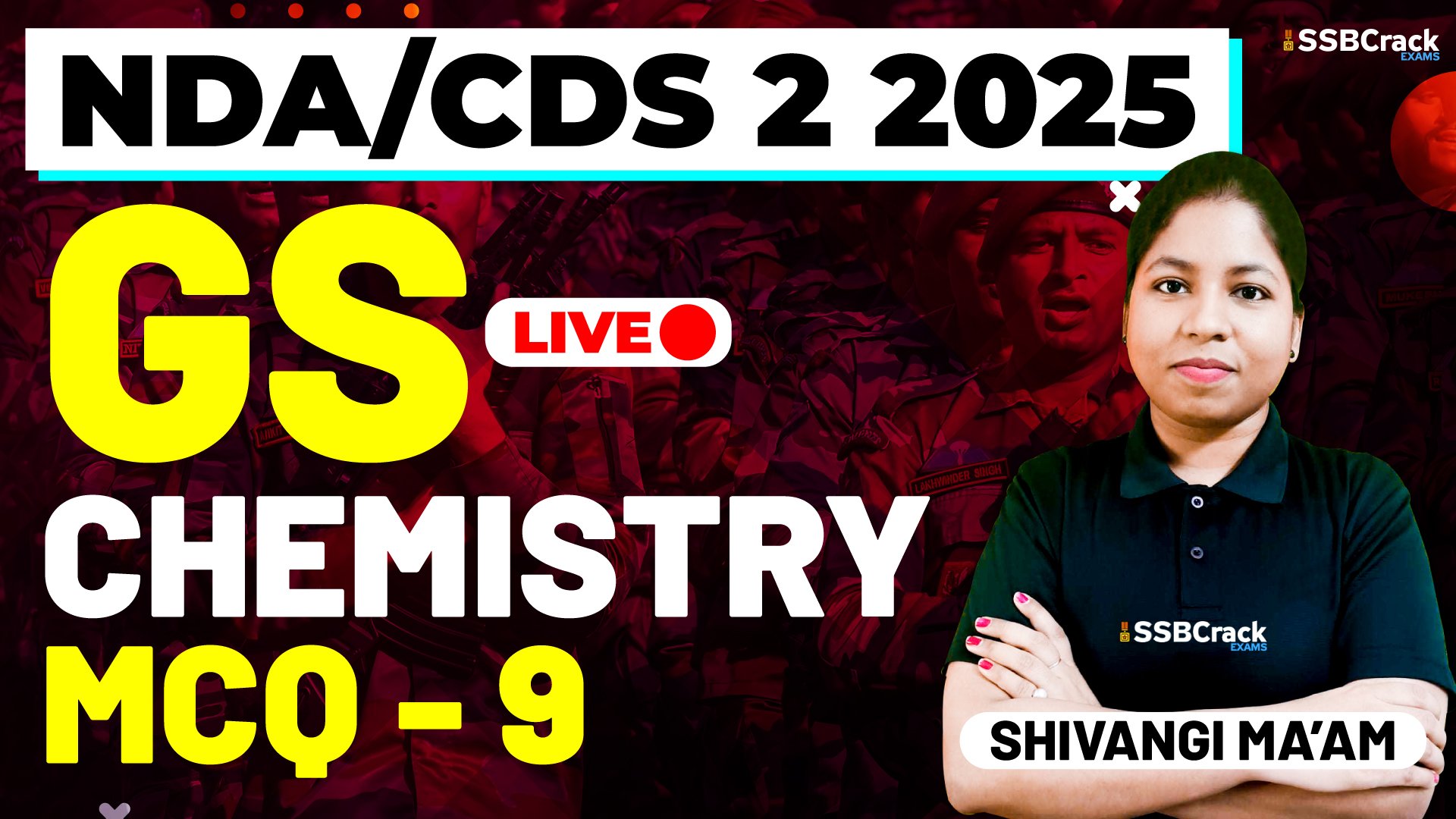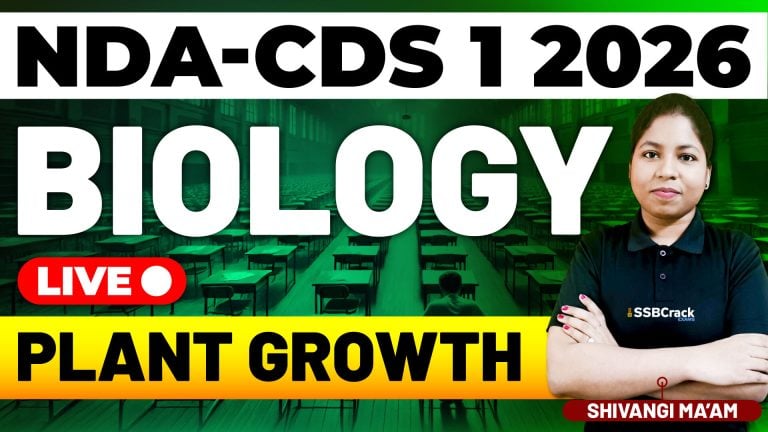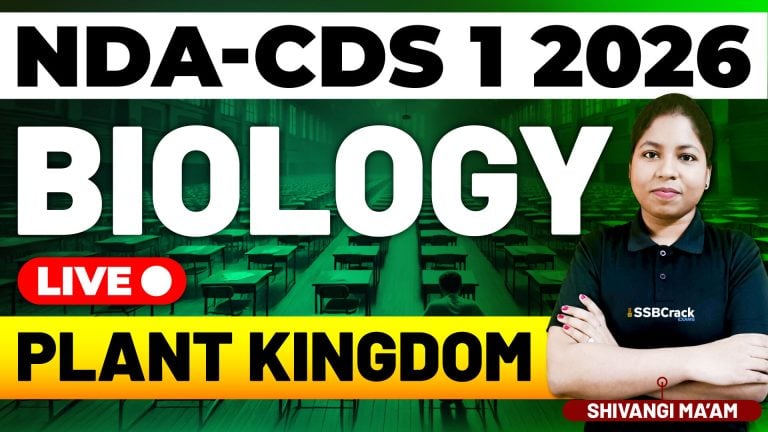Introduction
Chemistry plays a vital role in understanding the physical world, and two of its foundational topics—Acids, Bases, and Salts and Redox Reactions—are critical not just for academic exams like NDA/CDS but also in real-life applications. These concepts help explain everything from digestion and corrosion to batteries and fertilizers. Mastering these fundamentals is essential for solving MCQs efficiently and accurately.
Acids, Bases and Salts
Acids are substances that release hydrogen ions (H⁺) in aqueous solutions. They taste sour and turn blue litmus red. Common examples include hydrochloric acid (HCl), sulfuric acid (H₂SO₄), and acetic acid (CH₃COOH). Bases, on the other hand, produce hydroxide ions (OH⁻) and are bitter in taste, turning red litmus blue. Examples include sodium hydroxide (NaOH) and calcium hydroxide (Ca(OH)₂).
When acids and bases react, they form salts and water in a process called neutralization. Salts are compounds formed when the hydrogen ion of an acid is replaced by a metal ion or ammonium ion. Sodium chloride (NaCl), potassium nitrate (KNO₃), and ammonium sulfate ((NH₄)₂SO₄) are common salts. The pH scale (ranging from 0 to 14) is used to measure the acidity or basicity of a solution, with 7 being neutral.
Redox Reactions
Redox (reduction-oxidation) reactions involve the transfer of electrons. Oxidation is the loss of electrons or gain of oxygen, while reduction is the gain of electrons or loss of oxygen. These reactions are crucial in many chemical and industrial processes. For example, in the reaction between hydrogen and oxygen to form water, hydrogen is oxidized and oxygen is reduced.
Redox reactions can be identified by changes in oxidation states of elements. In displacement reactions, a more reactive element displaces a less reactive one from its compound, often seen in metals and halogens. Electrochemical cells like batteries are based on redox principles, converting chemical energy into electrical energy.
Conclusion
Understanding acids, bases, salts, and redox reactions provides a strong base for tackling chemistry problems in competitive exams like NDA and CDS. These concepts are not only theoretical but have immense practical relevance—from household cleaning agents to industrial processes and biological functions. A clear grasp of their definitions, examples, and applications makes these topics both interesting and scoring for aspirants.


















